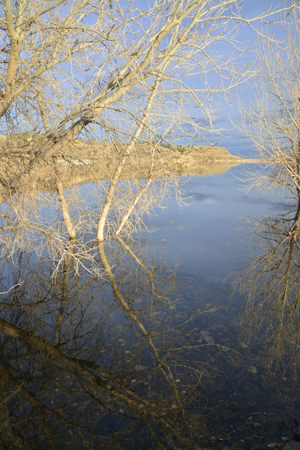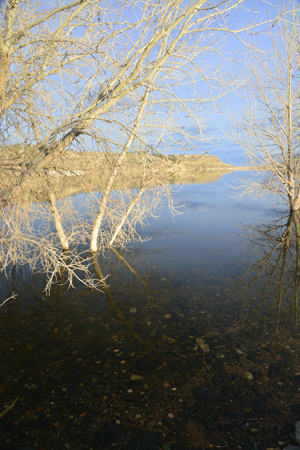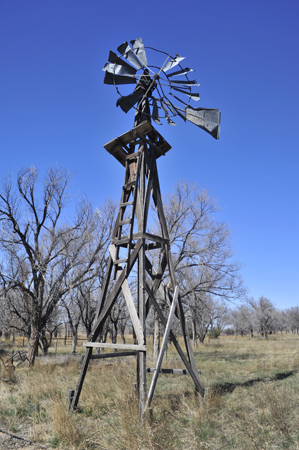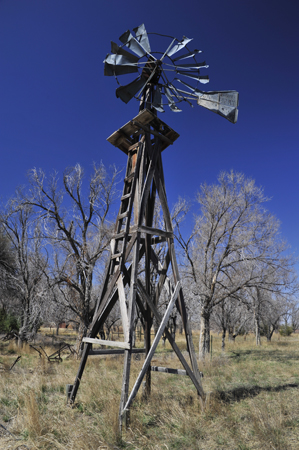Must Have Accessories
The One Filter Always in My Bag
By Jeff Allen
Just as I would never go out on a sunny day without my polarized sunglasses, my camera bag always has a circular polarizing filter ready to help me increase color saturation, create greater contrast or reduce reflected glare in my images.
A polarizing filter is two pieces of glass with foils sandwiched between them set in a dual ring filter that screws onto the front of your lens. As the outer ring rotates when you look through the viewfinder or use LIVE view on your camera display, you can see how the image changes allowing you to choose exactly how much effect the filter has on your image.
While polarizers are most commonly used to enhance blue skies and provide more dramatic clouds, their benefits extend beyond the skies. A polarizer reduces glare off any non-metallic object. This is most impactful when shooting through glass or water.
Just as polarized sunglasses help you see through the car window, a polarizer will allow your lens to see past the reflections in glass and water. When shooting through glass, it is important not to shoot ‘straight on’ so that your reflection is not present in the image and to achieve the clearest view through the glass. When shooting moving water, the shutter speed reduction can help create a motion blur effect (bring your tripod).

No Polarizer

Polarizer to reduce reflections
So how do you get the most from your polarizing filter? First, remove and safely store that protective filter that is on your lens. Otherwise you will be shooting through an additional piece of glass which might affect image sharpness. Second, choose the right time of day. Polarizing filters are most effective at midday when colors may seem washed out to the naked eye (and your camera sensor). Using a polarizer at sunset may decrease the vivid color of late afternoon light. Third, you need to be at right angles to the sun. The filter can’t do its job when the sun is directly behind or in front of you. Fourth, take the time to rotate the filter in small increments so you can see the subtle image enhancements until you get exactly the effect you want to achieve. A great tip for those new to using a polarizer is to keep the sun over your shoulder as you compose your image. That will allow you to see the maximum effect possible as you rotate the filter.

Without Polarizer

If shutter speed is important to your composition, you need to remember that the polarizer will decrease the light transmission to your camera’s sensor by up to 2.5 stops or shutter speeds. So remember to take that into account if a high shutter speed is important or if you are in a marginal situation where a decreased shutter speed could impact sharpness. Consider adjusting your ISO to help compensate in some situations. Know how slow you can go before camera shake becomes an issue.
Polarizers are a great addition to your camera bag but they are not a filter that should be left on your lens all the time. They do not replace a good protective filter for everyday use and should be used to enhance your images not protect your lens. There are polarizing filters available from many different sources. Look for a filter that is multi-coated or digitally optimized for the best results. Like each piece of equipment in your camera bag, invest in the right polarizing filter for your needs.